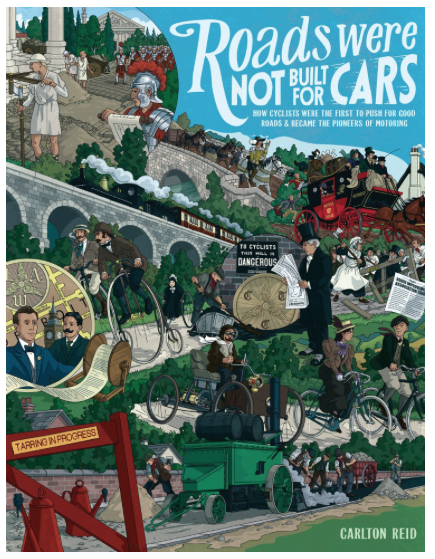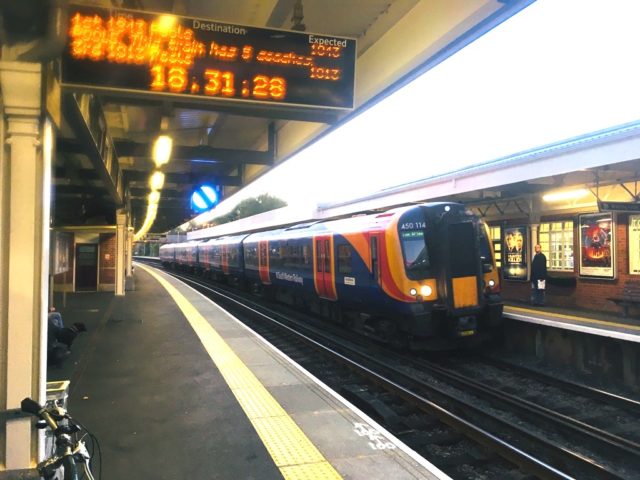Mission: To promote driving less so all may live more.
When it was over, I gasped, and said, “We almost drove over my real estate agent!”
Hannah looked at the split-rail fence that had put her Subaru to a final stop. Little damage done.
The wintry day was sunny and the roads were mostly dry. We had just turned onto Marshall Road, outside of Boulder, speed limit 25.
As we rounded a corner, I saw a woman running on the opposite side of the road, facing traffic, as one should do. She was blond, young and…
“It’s Sally!” I thought—my real estate agent who had helped me sell my house in Coal Creek Canyon. Suddenly that thought gave way to, “Dang it, we’re sliding toward her!”
Continue reading “We Almost Drove Over My Real Estate Agent”

